If the rear bench seat/rear seat and seat backrest are not engaged they could fold forwards, e.g. when braking suddenly or in the event of an accident.
If this is the case, the vehicle occupant would be forced into the seat belt by the rear bench seat/rear seat or by the seat backrest. The seat belt cannot protect as intended and could result in additional injury.
Objects or loads in the boot/load compartment cannot be restrained by the seat backrest.
If the left and right seat backrests are not engaged and locked in place, this will be shown on the multifunction display of the instrument cluster. A warning tone will also sound.
The seat backrests can be folded forwards separately.
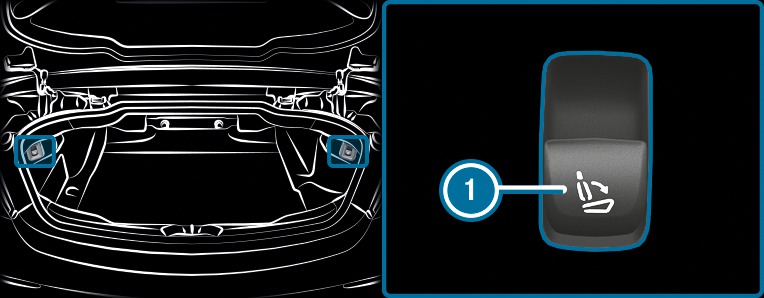
 .
. The corresponding rear seat backrest will be unlocked.
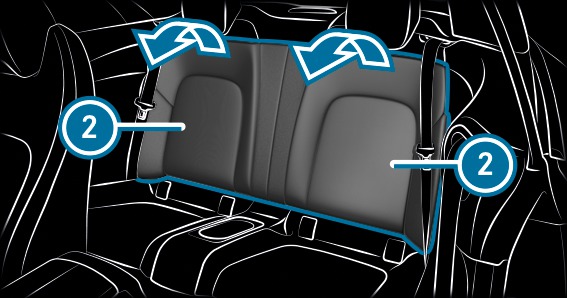
 forwards.
forwards. If the rear bench seat/rear seat and seat backrest are not engaged, they could fold forwards, e.g. during sudden braking or in the event of an accident.
If this were the case, the vehicle occupant would be forced into the seat belt by the rear bench seat/rear seat or by the seat backrest. The seat belt would not be able to provide the intended protection and could cause additional injury.
Objects or loads in the boot cannot be restrained by the seat backrest.
The seat belt could become trapped and thus damaged when folding back the seat backrest.
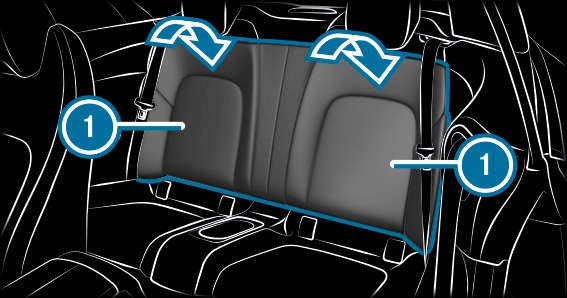
 back until it engages.
back until it engages. Left and right seat backrests: if the seat backrest is not engaged and locked, this will be shown on the multifunction display on the instrument cluster.
A warning tone will also sound.
If the handle in the boot is left protruding, the handle may be damaged.
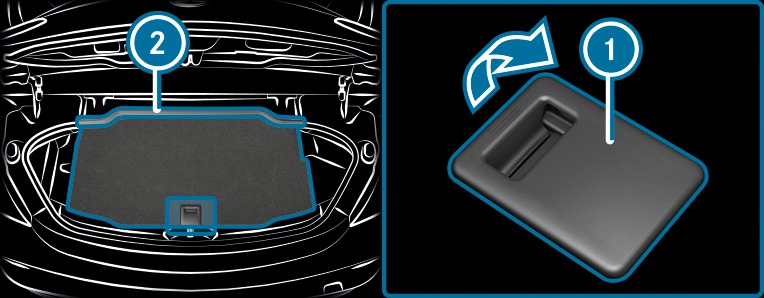
 up and hook it into drip rail
up and hook it into drip rail  .
. If the ball neck is not engaged, the trailer may come loose.
The ball neck may swing outwards when unlocking or when it has not been properly engaged.
There is a risk of injury within the ball neck's range of movement!
The vehicle is secured against rolling away.
The range of movement is clear.
The trailer cables or adapter plugs have been removed.

 until the ball neck unlocks.
until the ball neck unlocks. The ball neck will fold out from under the rear bumper.
Indicator lamp  will flash.
will flash.
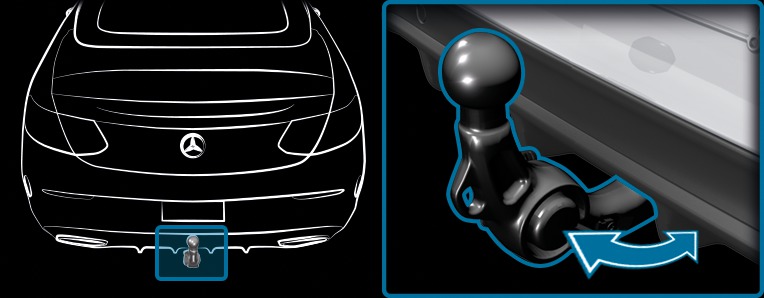
Indicator lamp  on the ball neck release switch will go out.
on the ball neck release switch will go out.
If the ball neck is not securely locked in place, the Check trailer hitch lock display message will appear on the multifunction display.
Make sure that the ball on the ball neck is clean. Check that it is either greased or dry (grease-free), depending on the instructions for the trailer.

 until the ball neck unlocks.
until the ball neck unlocks. The ball neck will fold up under the rear bumper.
Indicator lamp  flashes.
flashes.
Indicator lamp  will go out and the message on the multifunction display will disappear.
will go out and the message on the multifunction display will disappear.
Warning and indicator lamps More
Display messages
Observe the notes on loading the vehicle More.
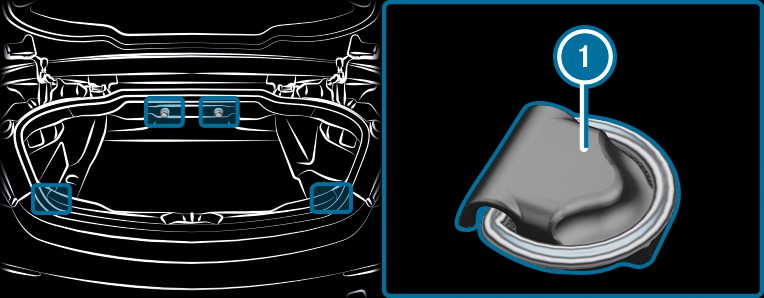

If objects in the vehicle interior are stowed incorrectly, they can slide or be thrown around and hit vehicle occupants. In addition, cup holders, open stowage spaces and mobile phone receptacles cannot always retain all objects they contain.
There is a risk of injury, particularly in the event of sudden braking or a sudden change in direction.
Observe the notes on loading the vehicle.





If you inadequately stow objects in the vehicle interior, they could slip or be tossed around and thereby strike vehicle occupants. In addition, cup holders, open stowage spaces and mobile phone brackets cannot always restrain the objects they contain in the event of an accident.
There is a risk of injury, particularly in the event of sudden braking or a sudden change in direction.
Observe the notes on loading the vehicle.
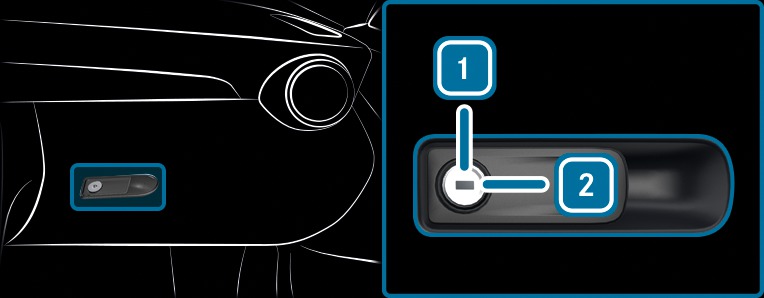
 (to lock) or anti-clockwise
(to lock) or anti-clockwise  (to unlock).
(to unlock). 
